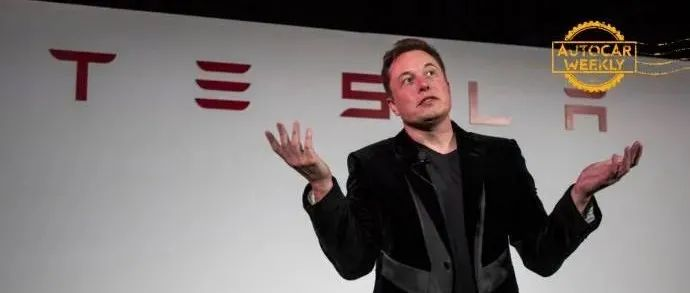Electric vehicle range: How much is enough?
Discussions about this topic can be easily found on the Chinese internet. People have different opinions on the range required for electric vehicles. Elon Musk recently made a bold statement on a social media platform, saying that his company was able to produce an EV with a range of 1000km last year, but it was not necessary as people don’t need it. His comment was harsh for the Chinese EV market, where cars with a range of 1000km are just emerging. If such a comment was made by traditional car companies like Volkswagen or Toyota, it may have been criticized with headlines like “Traditional car companies are jealous”. However, Musk’s Tesla is famous for its long range, so nobody can challenge him.
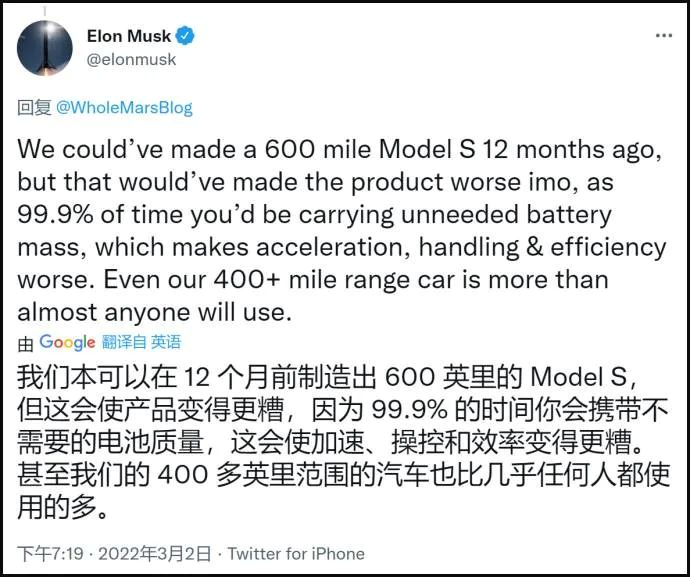
Although Musk’s comment is significant, his reasoning is not fresh. He said the battery would be too heavy and affect other things. He believes that 400 miles (644 km) is already more than enough.
Interestingly, Musk’s comment was in response to a question from a fan: “Lucid has produced an EV with a range of 500 miles. What do you think, Elon?” However, last October, the CTO of Lucid Motors, Peter Rawlinson, made a provocative comment that the range of an electric car only needs to be 150 miles (241 km).
Thus, we have three potential answers: 1000km, 644km, and 241km.
The Standard of Range
Before we discuss further whether these ranges are adequate or not, it is necessary to clarify the standard of range. The “CLTC Standard of 1000 km range” achieved by some Chinese automobile manufacturers is not comparable to the 400 miles, 500 miles, and 600 miles that Musk and Lucid are comparing.Elon Musk’s claim of 600 miles / 966 km clearly refers to the US EPA standard. The Model S, which has the largest battery capacity of 100 kWh, has an EPA range of 405 miles / 652 km for its longest range version. Meanwhile, the background board of the Lucid Air has the largest 118 kWh battery pack, with the longest range version having an EPA range of 520 miles / 837 km, which is the first model to break the 500-mile EPA range (which sparked this discussion).
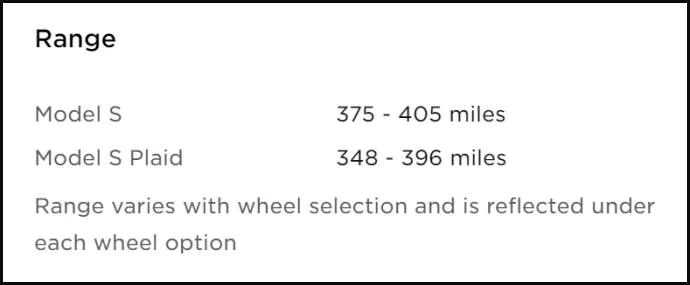
As we all know, the US EPA is the strictest of the major range standards in the main markets around the world.
If not limited to the endurance under EPA cycle conditions, back in 2017, a Model S ran 1,080 km on a single charge. Such an extreme attempt at endurance clearly cannot be regarded as having the ability to “endure 1,000 km”. The news we often hear that “a certain electric vehicle successfully drove xx km” is mostly similar to “deliberate” endurance.
These extreme endurance attempts are often used by car companies for publicity. Although this is understandable, it cannot withstand the misunderstandings of the viewers without common sense in the automotive field. In 2020, Hyundai drove three Konas (called the Angknor EV in China), each achieving a single charging endurance of over 1,000 km, as if one was not enough and they used three to prove it.
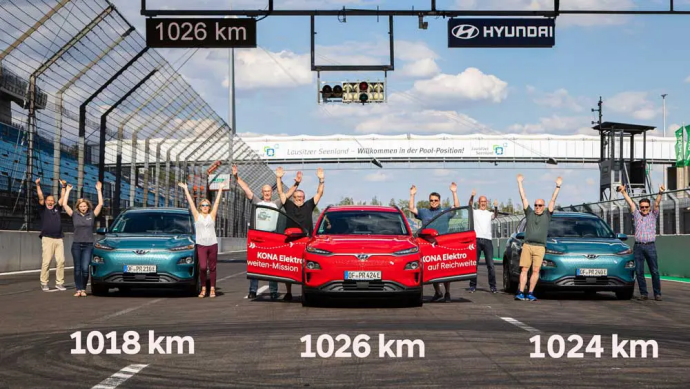
In the lower-stress WLTP testing cycle in Europe compared to the North American EPA, the Kona EV’s endurance is only about half, 1026 km. In the official information, Hyundai also openly admits that the test was conducted in a simulated busy city traffic environment. This “1000 km endurance” barely involves high-energy-consuming high-speed driving and is also likely to be rare braking actions that are not conducive to kinetic energy recovery.
Since the beginning of last year’s National Day holiday in China, the energy consumption test for electric cars has officially switched from the previously approximate NEDC cycle to the CLTC cycle standard. Obviously, after the switch, the endurance mileage figures labeled by Chinese electric vehicles have increased out of thin air. For example, the Model 3 Performance has increased from the original 605km to 675km, while its endurance range in EPA testing is 507km.## Comparison of 1000 km under CLTC Standard and “600 miles” (or 1000 km) under EPA Test Standard as Mentioned by Musk, in China vs. North America
Under the CLTC standard in China, the 1000 km range cannot be compared with the “600 miles” (or 1000 km) range under the EPA test standard as mentioned by Elon Musk, who is located in North America. Currently, the Model S with the longest range being sold by Tesla in China is labeled as having a range of 652 km (405 miles), using the North American standard. However, once the CLTC testing is completed, its CLTC range will be much higher than the 652 km figure (although it probably will not reach 1000 km).
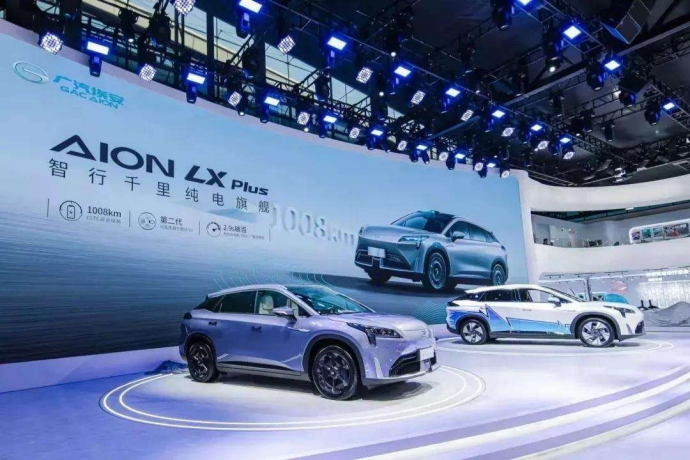
Wanting More Endurance, to Avoid Anxiety
Now let’s discuss the question of how much range is enough. According to rough calculations based on experience, while “not worth it” as mentioned by Musk refers to the EPA standard of 600 miles, it roughly equals to 1200± km under the CLTC standard. Meanwhile, Musk thinks that the currently available Tesla vehicle already satisfies and surpasses the EPA standard of 400 miles, but if the CLTC standard is used for testing, the range will probably be around 850± km (roughly calculated, not accurate).
It is indeed possible that the CLTC range of 1000 km already achieved in China could surpass the range of the longest range Tesla.
Musk’s rejection of the idea of a “thousand (kilometer) range” is fully justified and cliched. Aside from the inevitable problems brought about by increased weight, the more important factor is that it is almost impossible to travel such a long distance on a single charge. Even if other range standards have some “wiggle room,” the EPA range can still explain the issue. Even if the EPA standard is not strict enough, a range of 400 miles, discounted by 20%, still reaches around 500 km, which is close to the limit of normal drivers in a single day (not taking fatigue driving into account).
However, the calculations cannot always be this simple.
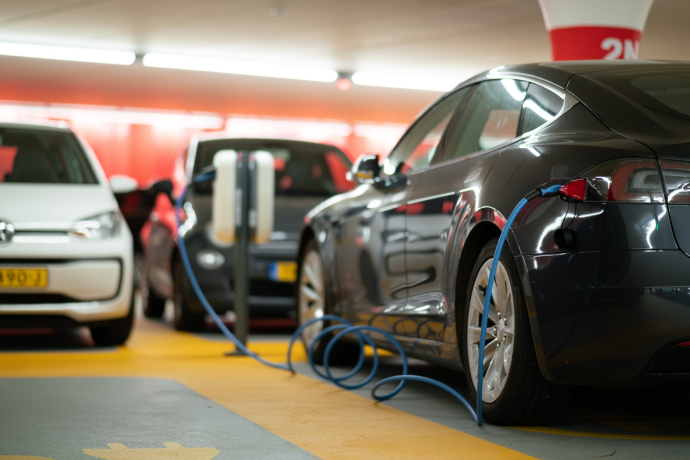
The range of most gasoline-powered cars used for personal purposes is roughly in the range of 400-600 km. If the range of an electric vehicle can actually reach 500-600 km on a single charge (which may require a CLTC range of 700-800 km), it has already achieved the same level as gasoline-powered cars. However, if we take into account the reduced range in winter, if we still want to maintain the same level as gasoline-powered cars, we need to increase the range even further, perhaps reaching 800 km or more under the CLTC standard.Even though Tesla already has a dense and fast self-operated supercharging network, it is still uncertain that charging can be as efficient as refueling. This “overall efficiency” still needs to include the time difference between refueling and charging – gas stations may occasionally have queues, but the average time to refuel is still far less than the 30-40 minutes it takes to charge.
Home charging, slow charging, and others can be used as supplements, but at least for China, “one car, one pole” is still not realistic in the near future. So if electric vehicles want to become more mainstream, they still need to rely on public fast charging facilities. In this context, since the “overall efficiency” of charging is still inferior to that of fueling, a longer single charge capacity is needed as compensation.
From this perspective, at least for now, the actual single-charge (actual) range that electric vehicles require is actually higher than that of fuel vehicles. The latter refuels once every 400-600 km, and even if there is an occasional queue, the average time spent is difficult to exceed 10 minutes; the former takes half an hour or more to charge, even if there is no queue, so the ideal single-charge range needs to be significantly greater than that of fuel vehicles, such as over 600 km (to roughly catch up overall).
CLTC standard 1000 km may result in an actual range of around 500 km in the worst case scenario. If the range is calculated based on the EPA standard, it will be enough to meet the above requirements. Therefore, at least for now, pursuing a range of 1000 km has practical significance: using a longer single-charge range than that of fuel vehicles to make up for the disadvantage in charging facilities and charging efficiency. This will help reduce the purchasing threshold for electric vehicles, improve the user experience of electric vehicles, and attract more people to choose electric vehicles.
Of course, things are constantly developing and changing. Taking a development perspective, as charging speed increases, charging network density increases, and the proportion of charging spaces (including the popularity of public slow charging piles, which is important) increases, the pressure on the single-charge range of electric vehicles will gradually decrease.
Talking about range without considering infrastructure is just a bluff.
As mentioned earlier by Peter Rawlinson, CTO of Lucid Motors, there is an even more extreme idea: a compact electric vehicle priced at around $25,000 (probably at the level of the rumored Tesla Model 2), powered by a 25 kWh battery with an EPA range of 240 km.
Because smaller batteries have lower costs, compact electric cars like this are easy to afford, and their prices can be equal to or even lower than those of comparable fossil-fuel-powered cars; because the batteries are smaller, even existing charging stations can fill up the battery in a short time (such as 10 minutes); although the single-use mileage is short, with the proliferation of charging facilities that have increased in number alongside the spread of electric cars, the convenience of daily use can actually be improved.
In Peter Rawlinson’s specific ideas, there are also some performance requirements that currently appear to be relatively strict, but this does not prevent this idea from being discussed as a future option.
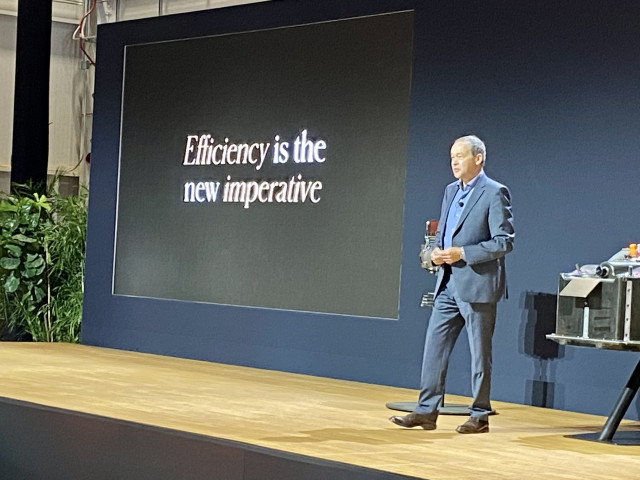
We know that driving for 4 hours at a stretch requires a 20-minute break, which is based on human physiology. Combined with the need for food, drink, and rest, drivers of passenger cars taking a 2-hour high-speed trip with a 10-minute rest period would not lose any more travel time than with large-battery electric cars. A 25 kWh battery combined with an existing 100 kW charging station can achieve 200 km/10 min (actual range) replenishment efficiency, which is not difficult to achieve.
In fact, the pressure has been transferred to the charging network: such small-battery electric cars require very dense fast-charging facilities as support. This “very dense” refers to at least one fast-charging station every 200 km on the highway; in fact, considering the significant increase in the number of electric cars in this concept, the density of fast-charging stations may even be higher than that of current gas stations. This is true on highways, and the density of fast and slow charging stations in urban areas is even higher.
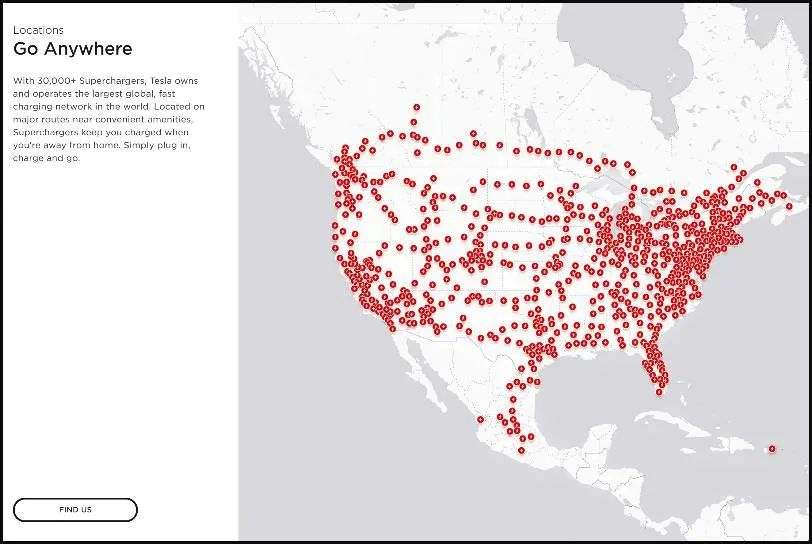
The idea behind this concept is to “use much lower single-use mileage than fossil-fuel-powered cars, in exchange for costs that are at least not significantly higher than fossil-fuel-powered cars; and then use charging facilities with far higher densities than gas stations to allow these short-range, inexpensive electric cars to have replenishment efficiency that is not inferior to that of existing electric cars.” — If we follow this line of thinking to the extreme, it will develop into a scenario where all roads are wirelessly charged, and personal cars will become battery-free “trolley buses.”
On the one hand, this requires breaking through the dilemma of “which came first, the chicken or the egg” and becoming an unwavering infrastructure fanatic; on the other hand, in terms of current technology conditions, achieving 25 kWh, 240 km of EPA range, and low cost as calculated by Peter Rawlinson will also require more investment and time.It’s not that I necessarily agree with the idea that “I don’t need a battery as long as there are fast charging stations everywhere”, but we can once again see from this idea that the single-seat endurance requirement of electric vehicles is closely related to the overall efficiency of the charging environment. This “overall efficiency” includes not only fast charging networks and the popularity of home charging, but also the density of charging facilities and the improvement of charging speed.
Under the overall efficiency, due to the existence of charging barriers between brands in reality, the endurance requirements of different brands of electric vehicles are different. Tesla and NIO are good examples, with Tesla having the best overall performance (density, speed, stability, etc.) charging network and NIO having battery swapping stations that basically offer reduced charging time. Tesla can sell its standard Model 3 with a range of 450 km by relying on its charging network, while NIO still puts the original 75 kWh battery as standard.
For Tesla, with the support of the best supercharging network and a range of 1000 km or even longer, it is really not worth prioritizing – especially considering that the 1000 km they are discussing is still EPA range. But for those brands whose self-operated charging network is far from sufficient, such as Lucid, the first to achieve an EPA range of over 500 miles, and most of the domestic self-owned, joint venture, and new car brands, the longer the better for now.
What others can do, does not mean “I can do it too”; what may be possible in the future, doesn’t mean “it can be done now”.
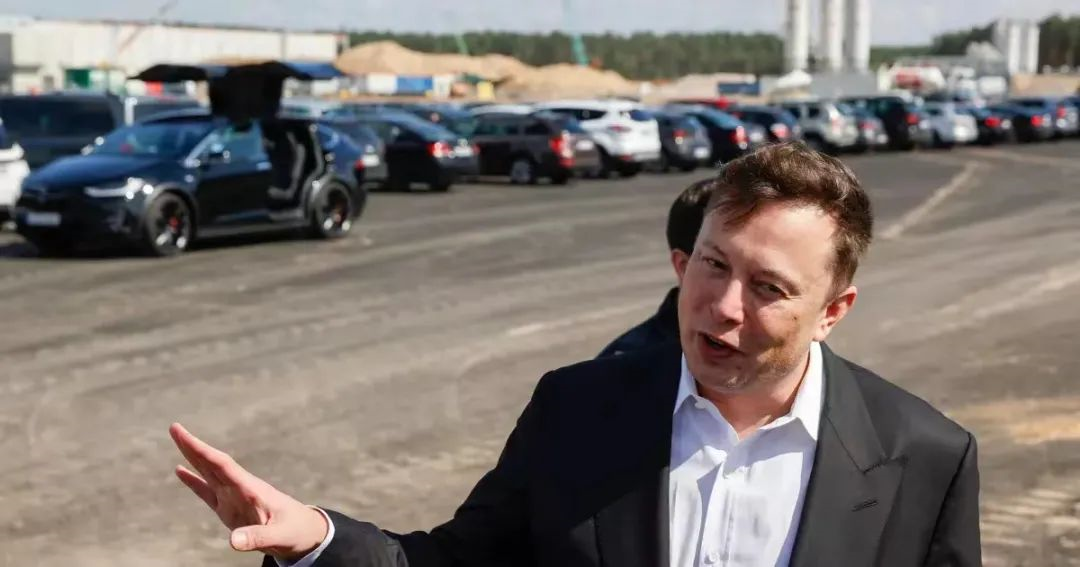
This article is a translation by ChatGPT of a Chinese report from 42HOW. If you have any questions about it, please email bd@42how.com.
